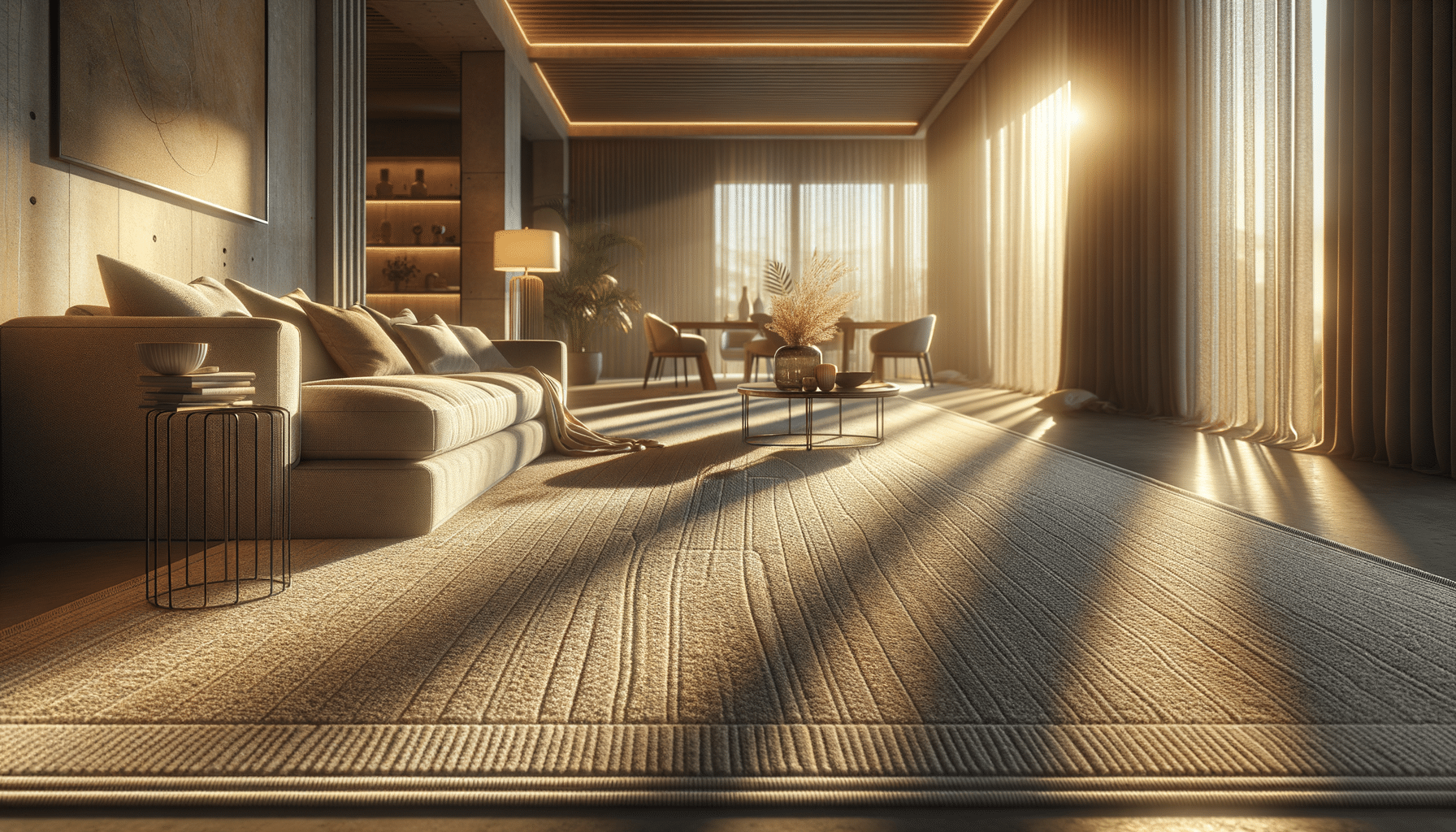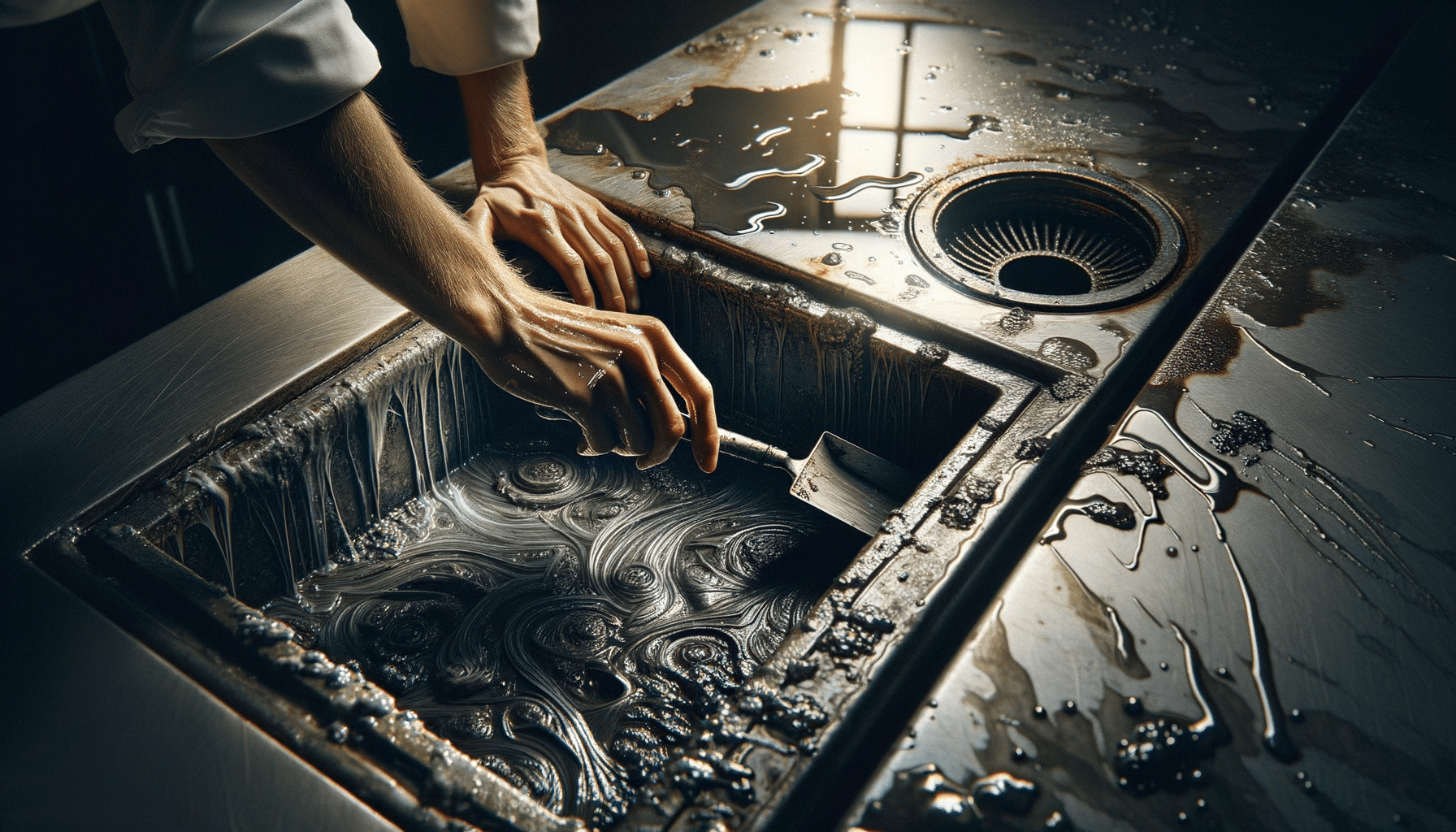
Indoor Carpeting Full Guide: Learn More Today
The Benefits of Indoor Carpeting
Indoor carpeting has been a staple in home decor for decades, and its popularity continues due to the numerous benefits it offers. Carpeting provides a warm and cozy atmosphere, making any space feel inviting and comfortable. The soft texture underfoot is not only comforting but also serves as a sound absorber, reducing noise levels in homes. This feature is particularly beneficial in multi-level houses where sound transmission between floors can be a concern.
Another advantage of indoor carpeting is its ability to enhance the aesthetic appeal of a room. Available in a wide range of colors, patterns, and textures, carpets can complement any interior design style, from modern minimalism to traditional elegance. This versatility allows homeowners to express their personal taste while maintaining a cohesive look throughout their home.
From a practical standpoint, carpeting can also improve indoor air quality. Modern carpets are designed to trap dust, allergens, and other particles, preventing them from circulating in the air. Regular vacuuming and professional cleaning can help maintain this benefit, making carpets a suitable option for families with allergy concerns.
- Provides warmth and comfort
- Reduces noise levels
- Enhances aesthetic appeal
- Improves indoor air quality
Choosing the Right Carpet Material
Selecting the appropriate carpet material is crucial for ensuring durability, comfort, and suitability for specific areas of your home. Common materials include nylon, polyester, wool, and olefin, each offering distinct benefits.
Nylon is one of the most popular choices due to its resilience and ability to withstand heavy foot traffic. It is also stain-resistant, making it ideal for families with children or pets. Polyester offers vibrant color options and a soft texture, though it may not be as durable as nylon. Wool, a natural fiber, is known for its luxurious feel and excellent insulation properties. It is eco-friendly and biodegradable, appealing to environmentally conscious homeowners. Olefin, or polypropylene, is resistant to moisture and mildew, making it a practical choice for basements and outdoor areas.
When choosing a carpet material, consider the specific needs of each room in your home. High-traffic areas such as hallways and living rooms may benefit from durable options like nylon, while bedrooms can enjoy the softness of wool or polyester. Additionally, consider any specific requirements, such as stain resistance or eco-friendliness, to ensure your chosen carpet material aligns with your lifestyle.
- Nylon: Durable and stain-resistant
- Polyester: Offers vibrant colors
- Wool: Luxurious and eco-friendly
- Olefin: Moisture-resistant
Installation Techniques for Indoor Carpeting
Proper installation is essential for maximizing the lifespan and performance of your indoor carpeting. There are several techniques to consider, each with its advantages and suitable applications.
Stretch-in installation is the most common method, where the carpet is stretched over a pad and secured with tack strips along the edges. This technique provides a smooth, wrinkle-free surface and is ideal for rooms with regular shapes. It also allows for easy removal and replacement of the carpet if needed.
Glue-down installation involves adhering the carpet directly to the floor, eliminating the need for a separate pad. This method is often used in commercial settings where durability and stability are paramount. It is also suitable for areas where moisture might be a concern, as it prevents the carpet from shifting.
Another option is the double-glue-down method, which combines the benefits of both stretch-in and glue-down techniques. Here, the carpet is glued to a pad, which is then glued to the floor. This approach offers enhanced cushioning and comfort while ensuring the carpet remains securely in place.
- Stretch-in: Common in residential settings
- Glue-down: Ideal for commercial or high-moisture areas
- Double-glue-down: Combines comfort and stability
Maintaining and Cleaning Your Carpet
Regular maintenance is key to preserving the appearance and longevity of your indoor carpeting. Vacuuming at least once a week helps remove dirt, dust, and allergens, preventing them from settling into the carpet fibers. For high-traffic areas, more frequent vacuuming may be necessary to maintain cleanliness.
In addition to routine vacuuming, professional carpet cleaning is recommended every 12 to 18 months. This process involves deep cleaning techniques that remove embedded dirt and stains, restoring the carpet’s original appearance. Steam cleaning is a popular method that uses hot water extraction to lift dirt from the fibers, while dry cleaning employs specialized powders and solvents for a quick-drying solution.
Spot cleaning is also important for addressing spills and stains promptly. Blotting spills with a clean cloth and using appropriate cleaning solutions can prevent permanent staining. It’s essential to avoid rubbing the carpet, as this can spread the stain and damage the fibers.
- Vacuum regularly to remove surface dirt
- Schedule professional cleaning every 12-18 months
- Address spills promptly with spot cleaning
Trends in Indoor Carpeting
As with any aspect of home decor, indoor carpeting trends evolve to reflect changing tastes and technological advancements. One current trend is the increasing popularity of eco-friendly carpets made from sustainable materials such as recycled fibers or natural wool. These options appeal to environmentally conscious consumers looking to reduce their carbon footprint.
Another trend is the use of bold patterns and vibrant colors to make a statement in home interiors. Geometric designs, abstract patterns, and bright hues are becoming more common, adding a modern touch to traditional carpeting. These designs can act as focal points in a room, complementing minimalist furniture and decor.
Texture is also playing a significant role in modern carpeting trends. Cut-and-loop designs, plush piles, and frieze carpets offer different tactile experiences and visual interest. These textures can add depth to a room and create a cozy, inviting atmosphere.
- Eco-friendly materials: Sustainable and recycled options
- Bold patterns and colors: Geometric and abstract designs
- Textural variety: Cut-and-loop, plush, and frieze carpets


